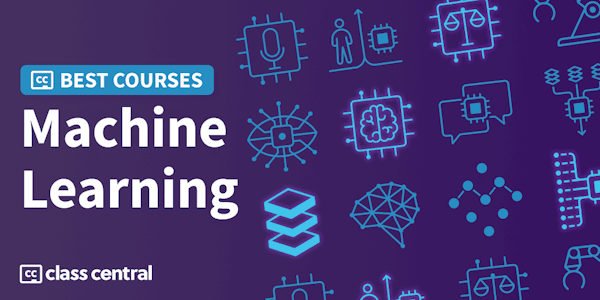Training Machines to Learn the Way Humans Do - An Alternative to Backpropagation
Santa Fe Institute via YouTube
Overview
Syllabus
Introduction
How do animals learn
Machine learning
Artificial neural network
One layer networks
Multilayer networks
Local Learning
Dendritigated Networks
Gating
Inputs
Cat Theory
Local Learning Recap
Dendodegated Networks
Biologically Possible
Desirable Features
Cerebellum
Purkinje Cells
Experiments
Computational Experiments
Vestibulo ocular reflex
Cerebellum prediction
Learning chaotic signals
Plotting weights
Remembering old tasks
Training on multiple tasks
Hyperparameters
Example Task
Nutrition Boundaries
Learning
Directions
Conclusion
Interview
Taught by
Santa Fe Institute

